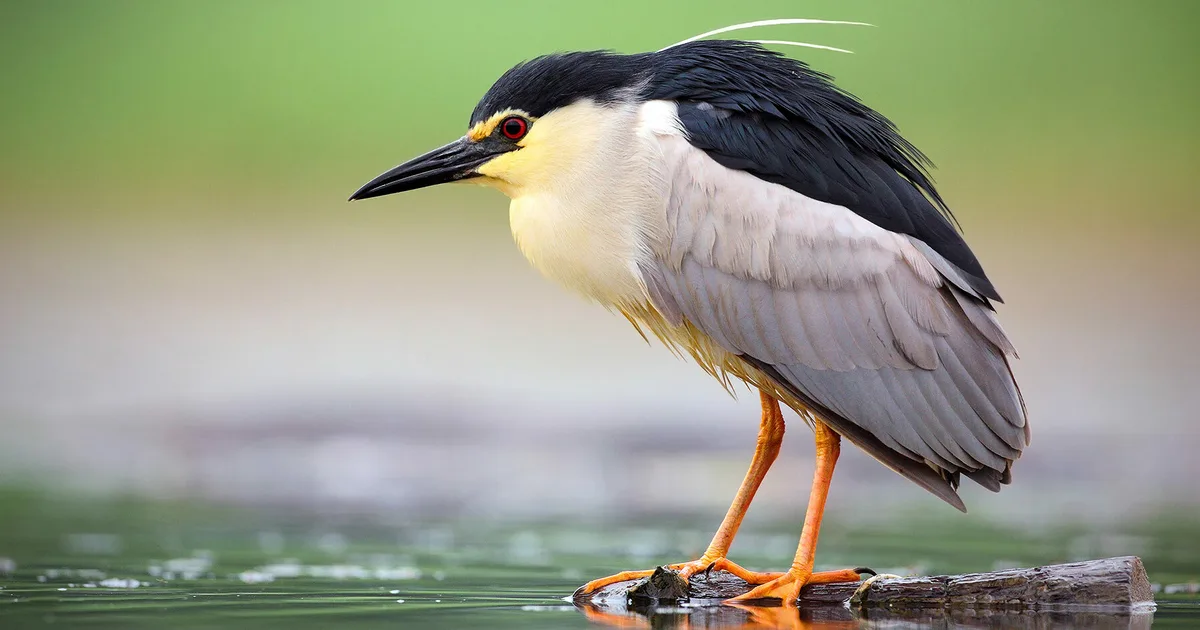A ringed juvenile black-crowned night heron, which landed recently at a local pond in Imphal and died later, was banded at the Weishan Bird Banding Station in China’s Beijing.
About Black-crowned Night Heron:
- It is a medium-sized heron with a stocky build.
- Scientific Name: Nycticorax nycticorax
- Distribution: It is found across North America, as well as locally in Central America and the Caribbean.
- Habitat: Most colonies of black-crowned night herons are associated with large wetlands. They inhabit a variety of wetland habitats, such as swamps, streams, rivers, marshes, mud flats, and the edges of lakes.
- Features:
- It has a stocky body with a comparatively short neck and legs.
- It has a black crown, a grey body, and bright, red eyes.
- Females and males look alike, but females are a little smaller.
- They are social at all times of the year, frequently associating with other species of herons.
- It is a migrating species.
- Diet: It is an opportunistic feeder. Its diet consists mainly of fish, though it is frequently rounded out by other items such as leeches, earthworms, and aquatic and terrestrial insects.
- Conservation Status:
- IUCN Red List: Least Concern
Key Facts about Herons:
- These are any of about 60 species of long-legged wading birds.
- These are classified in the family Ardeidae (order Ciconiiformes) and generally include several species usually called egrets.
- The Ardeidae also include the bitterns (subfamily Botaurinae).
- These are widely distributed over the world but are most common in the tropics.
- They usually feed while wading quietly in the shallow waters of pools, marshes, and swamps, catching frogs, fishes, and other aquatic animals.
- They nest in rough platforms of sticks constructed in bushes or trees near water; the nests usually are grouped in colonies called heronries.




